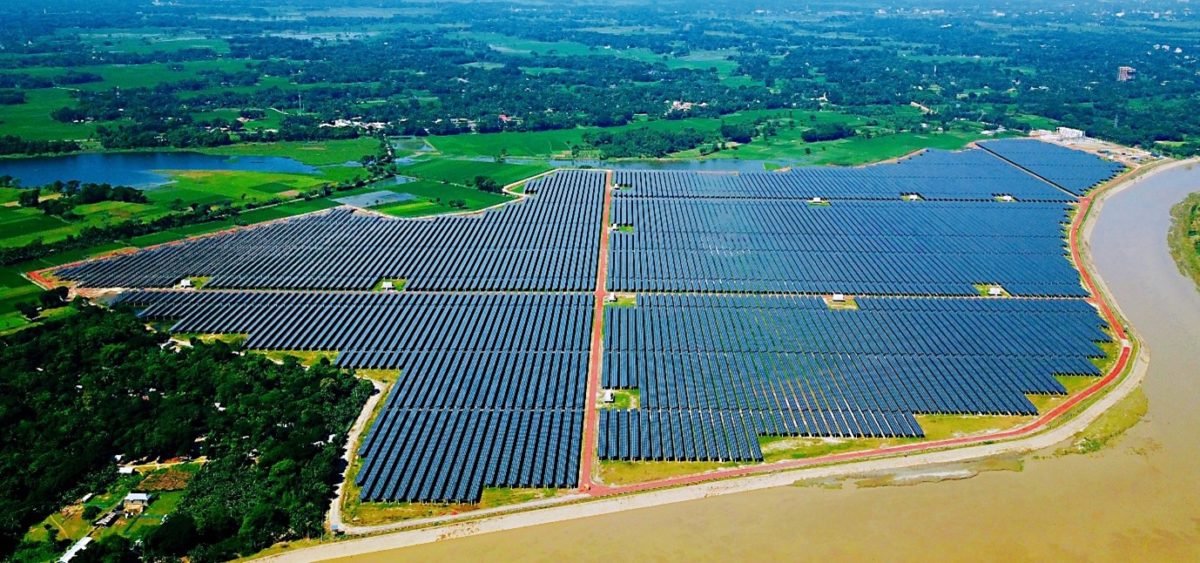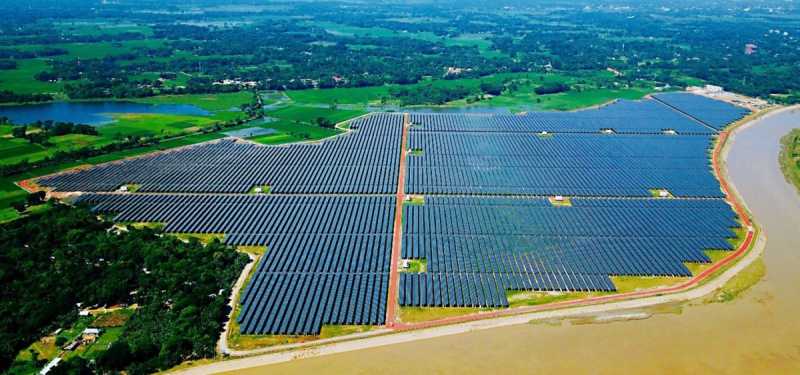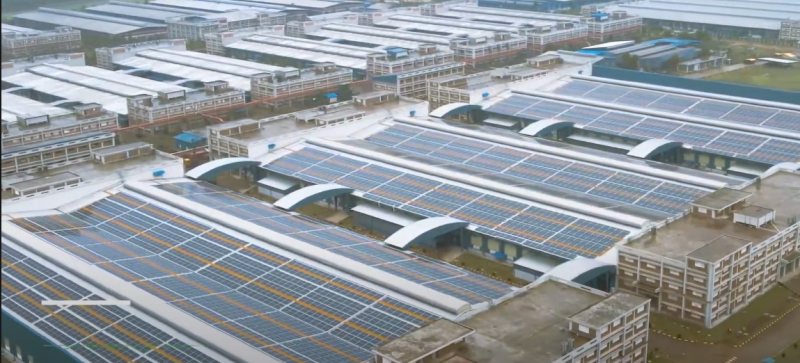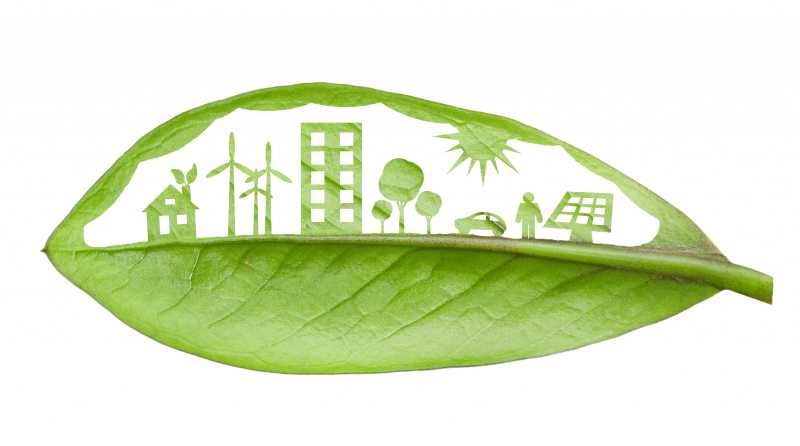Renewable Energy in Bangladesh: Where We Stand
Published at - December 04, 2021
6 min read
Renewable Energy in Bangladesh: Where We Stand
Since the late twentieth century, awareness for the environment of this planet we call home has been growing. People all over the world are gradually learning more about the environment and gradually becoming aware of it. Using fossil fuel to produce energy has been condemned by the environmentalists, activists, NGOs, civil societies and even a handful of the world leaders. Therefore, many organizations, national and international, have been formed to discourage and resist the activities that can abuse the environment. However, these steps haven’t always been fruitful. Fossil fuel is still the biggest source of our energy and is still on the rise. COP 26, according to many critics, has failed and the big nations are unwilling to reduce coal in considerable amounts.
Nevertheless, there are also rays of hope. Renewable Energy, often called clean energy is gaining widespread recognition. As we predicted in our last blog, around the globe energy generation from renewable sources has been increasing gradually. Our goal is to gradually decrease the usage of fossil fuel in generating energy and increase the use of renewable energy to create a world more reliant on renewable sources than to fossil fuel for energy generation. In this quest, Bangladesh has fallen behind. However, even in Bangladesh, using solar energy instead of fossil fuel is at a rise. In this blog, we will explore our current renewable energy usage, our possibilities and endeavors in adopting different types of renewable energy.
Current Situation
Bangladesh heavily relies on fossil fuel for energy generation. Bangladesh generates the majority of its electricity from national grid gas (almost 62.31 percent). Yet Bangladesh has a lot of opportunities in Renewable Sources if efficiently utilized. Bangladesh's socioeconomic and industrial development is being hampered by a lack of energy. Renewable energy accounts for around 560 megawatts (MW) of the total electricity production of 20,430 MW, suggesting that it could be a long-term solution to the demand-supply dilemma.

Bangladesh has the ability to generate 3.6 GW of electricity from renewable energy sources, according to the country's Power Sector Master Plan 2016 (PSMP–2016). Wind power alone has a capacity of 20 GW, according to another study. Bangladesh has a solar energy capacity of 15 megawatts (MW) and 1.9 megawatts (MW) of wind power at Kutubdia and Feni. The government of Bangladesh has approved the development of 19 on-grid solar parks by private developers, with a total generation capacity of 1070 MW. In the Cox's Bazar town of Teknaf, a solar power plant with a capacity of 28 MW has recently begun operations. When this is taken into account, renewable energy generation capacity exceeds 5% of total demand in the country. This power plant was built at Teknaf on a total of 116 acres of land by Technical Solartech Energy Ltd (TSEL). The power plant is now supplying 20MW to the national grid. Under its Intended Nationally Determined Contribution (INDC) promise to reduce greenhouse gas emissions by 5% until 2030, the government expects to expand its renewable energy share to 17% by 2041. Researchers have also discussed the country's potential for geothermal energy extraction. Geologists have discovered geothermal resources in the northwest and southeast regions.
Dr Hasan Mahmud, the Minister of Information and Broadcasting, has stated that all citizens of the country will have access to power by the end 2021. He hoped that by 2041, 40 percent of the country's energy will come from renewable sources. Bangladesh has set a lofty goal of generating more than 4,100 megawatts of electricity from renewable energy sources by 2030, as part of a larger effort to dramatically reduce greenhouse gas emissions. Solar power will provide half of the energy, with 2,277 megawatts (MW), followed by hydropower (1,000 MW) and wind power (597 MW).
Types and Possibilities
There are mainly four types of renewable energy sources used in Bangladesh. They are- Solar, Wind, Tidal (Hydro) and Biogas.
Solar: Bangladesh receives an average of 5 kWh/m2 of solar energy over 300 days a year due to its location between 20 Degree 30 Minute and 26 Degree 45 Minute north latitude. Bangladesh has 7 to 10 hours of daily sunlight. This plentiful solar energy has a lot of promise in Bangladesh, and its use will help to reduce traditional fossil fuel-based electricity use while also preserving the environment for future generations.According to long-term average sunshine data, bright sunshine hours in Bangladesh's coastal regions range from 3 to 11 hours each day.
With an estimated 40% of Bangladesh's population without access to electricity, the government implemented a solar home systems (SHS) program to supply electricity to those without grid access. The initiative had reached 3 million households by late 2014, and the World Bank has dubbed it "the world's fastest expanding solar home system program" since it has added more than 50,000 systems every month since 2009.
Wind: Bangladesh has substantially higher wind power potential than previously assumed, according to the US National Renewable Energy Laboratory (NREL), especially at hub heights of 140 to 160 meters.
According to early findings from the NREL study, there are more than 20,000 km2 of land with a gross wind potential of over 30 GW with wind speeds of 5.75–7.75 m/s. If nothing else, Bangladesh's wind energy potential could be crucial in fulfilling the country's 10% renewable target by 2021. The use of wind turbines for pumping and electrification has a lot of potential in island and coastal areas. However, during the summer and monsoon seasons (March to October), severe low pressure zones can occur, with storm wind speeds of 200 to 300 km/h. Wind turbines must be capable of withstanding very high wind speeds.
Tidal: The tides in Chittagong Division are mostly semidiurnal, with a wide range that varies with the seasons, with the maximum occurring during the south-west monsoon. According to various assessments, there are a number of appropriate sites in Cox's Bazar, Maheshkhali, Kutubdia, and other locations where permanent basins with pumping arrangements could be built as part of a twofold operation concept.
Biogas: In Bangladesh, there are primarily two types of biogas plants: floating dome and permanent dome. Bag plants are also utilized in the country, but only on rare occasions. In 1972, the first biogas plant (floating dome type) was built. In Bangladesh, over 6000 biogas plants have been completed as of 1997. Over the next three years, the Local Government Engineering Department (LGED) hopes to install 10,000 digesters. Bangladesh has a lot of possibilities and also barriers in adopting renewable energy. In this blog, however, we explored the current situation of our renewable energy use and our possibilities. In later blogs, we will explore the barriers in adopting renewable energy in Bangladesh and we will discuss what to do about it.
Renewable energy, as we always believe, is our best alternative and maybe our only chance to survive in this era of climate change and environment pollution. Simply acknowledging this won’t do any good. We need to act to promote renewable energy and discourage using fossil fuel.


